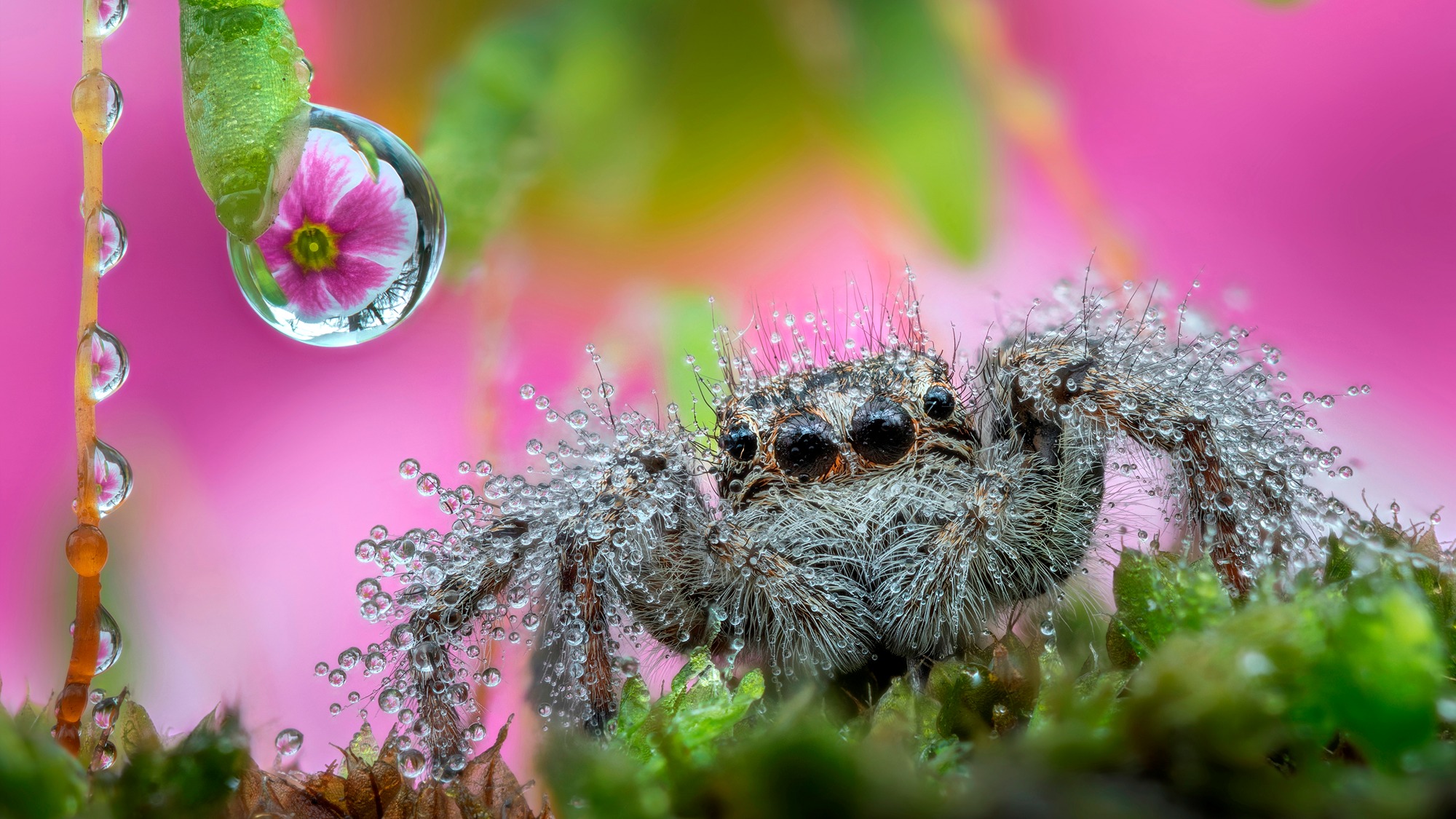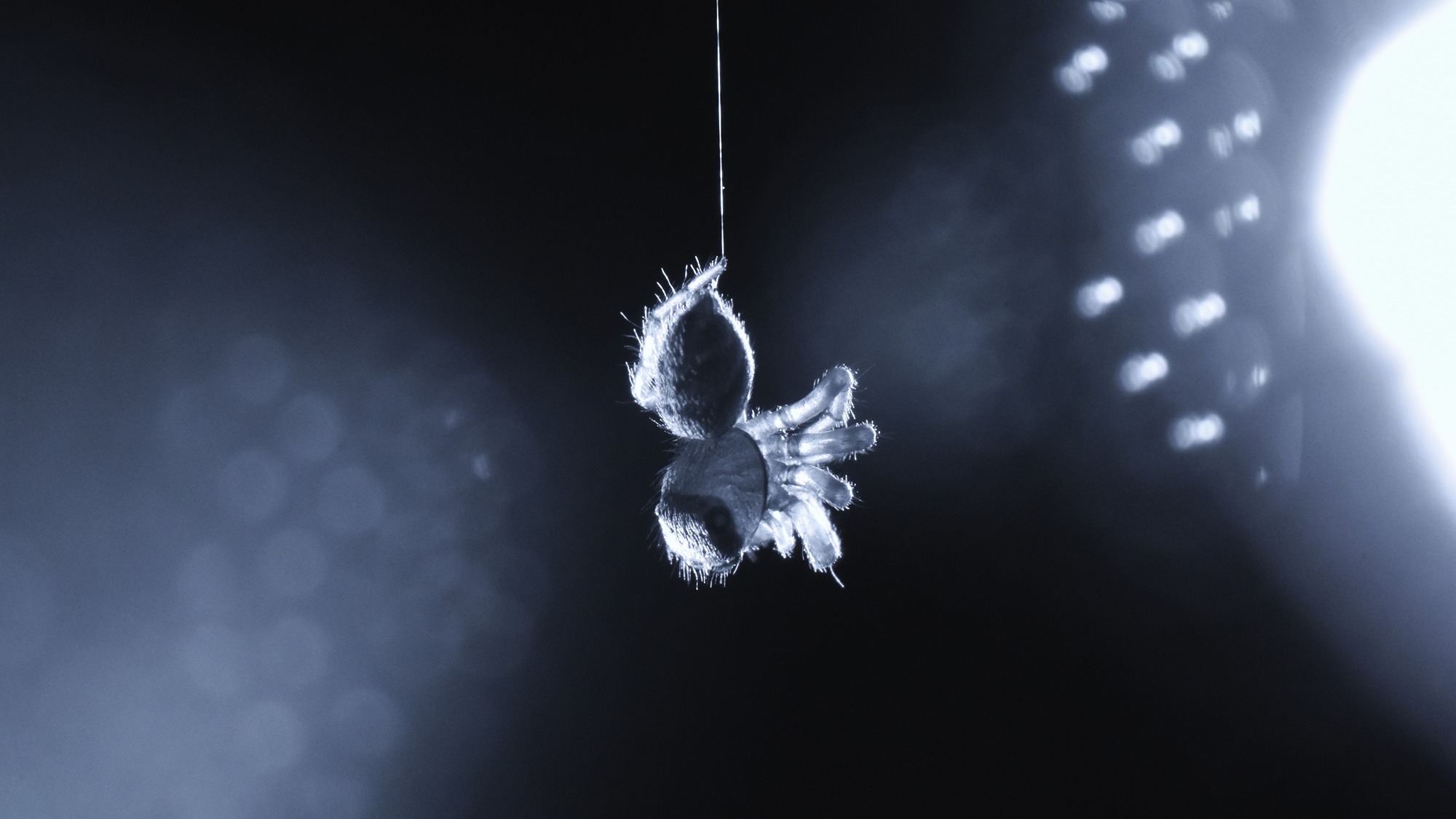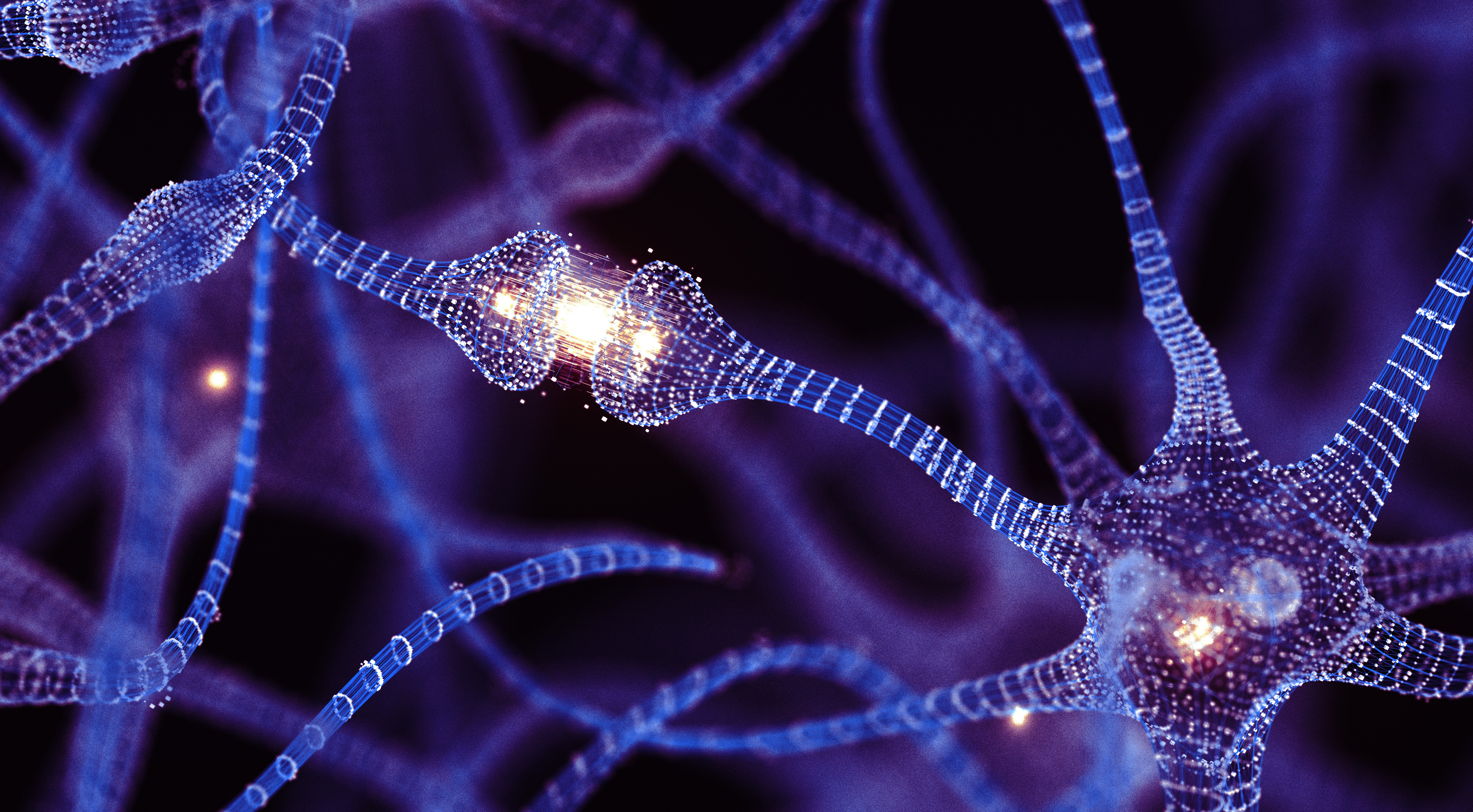Sweet dreams, spidey: Arachnids experience REM sleep, and may even dream
In a new study, jumping spiders seem to exhibit similar sleep patterns to humans.

Imagine a spider hanging from a silky thread, as still as a corpse, until its eight legs unexpectedly tremble. While this might sound like a horror movie, it's actually a nightly experience for jumping spiders (Evarcha arcuate) who can reach rapid eye movement (REM) sleep, the stage in which most dreaming occurs, a new study finds.
In the study, published Aug. 8 in the journal Proceedings of the National Academy of Sciences, researchers used cameras to examine jumping spiders while they slept, watching the motions of the arachnids’ eyes and bodies throughout the night. The twitching movements the team witnessed as the spiders snoozed was similar to that seen in humans and other mammals such as dogs, as well as nonavian reptiles and cephalopods during REM sleep.
The discovery came about unexpectedly for lead study author Daniela C. Rößler, a behavioral and evolutionary ecologist and postdoctoral fellow at the University of Konstanz in Germany. She was originally planning to study the arachnids' reactions to 3D-printed models of predatory spiders. But her research took a swift detour when she observed the spiders while they slept; at one point, she thought they were dead.
"They were all hanging from the lids of their boxes," Rößler told Scientific American. "I had no idea what happened."
Related: Dead spiders reanimated as creepy 'necrorobots'
With a "cheap night-vision camera" equipped with a magnifying lens she attached with duct tape, Rößler focused her lens on one of the females. At first, it simply hung there, immobile. But eventually, its legs began twitching, along with its abdomen and silk-producing spinnerets. At one point, its legs curled upward. The entire display lasted about a minute and "repeated periodically throughout the night," Scientific American reported.
"They were just uncontrollably twitching in a way that really looked a lot like when dogs or cats dream and have their little REM phases," Rößler told Scientific American.
Get the world’s most fascinating discoveries delivered straight to your inbox.

For the study, Rößler and her team used an infrared camera to record 34 spiderlings (juvenile spiders). They witnessed "unmistakable eye-tube movements" that didn't occur at other times throughout the spiders' sleep cycles. According to the paper, jumping spiders have movable retinal tubes that help them redirect their gaze, and in spiderlings, these movements can be seen through their exoskeleton, which remains translucent during their youth.
The spiders' retinal movements occured at the same time as the leg curling and jerking, which are similar to limb movements seen in other animals experiencing REM sleep, according to a statement. And while the scientists couldn't easily observe retinal movements in adult jumping spiders, they did document similar leg movements happening at regular intervals during sleeping bouts.
Prior to this research, not much was known about the sleep patterns of spiders and other invertebrates, since the study of REM sleep is still largely focused on mammals and birds. However, scientists have already recorded similar actions in two other invertebrates: octopuses and cuttlefish, Live Science previously reported.
While Rößler cautioned that it's too soon to say for certain that jumping spiders are dreaming, the evidence looks promising. To broaden her research, she and her team must conduct brain scans to prove that the spiders' brains are actually in a REM-like state. That's a tricky undertaking, considering that these tiny spiders, which measure about a quarter of an inch (6 millimeters) long, have brains the size of poppy seeds. To record the spiders' brain activity, scientists will need to insert an electrode into each spider's brain without crushing it.
Until then, scientists might find themselves dreaming about spider dreams.
"I personally think they are dreaming — just like any person watching a dog or cat sleep and kick their leg will think that they're dreaming — but being able to scientifically prove that is a whole different story," Rößler told The Harvard Gazette. "I don't think we can say they are, and I'm not even sure we will ever be able to say it, but the fact alone that we're thinking about it is already quite amazing."
Originally published on Live Science.
Jennifer Nalewicki is former Live Science staff writer and Salt Lake City-based journalist whose work has been featured in The New York Times, Smithsonian Magazine, Scientific American, Popular Mechanics and more. She covers several science topics from planet Earth to paleontology and archaeology to health and culture. Prior to freelancing, Jennifer held an Editor role at Time Inc. Jennifer has a bachelor's degree in Journalism from The University of Texas at Austin.
